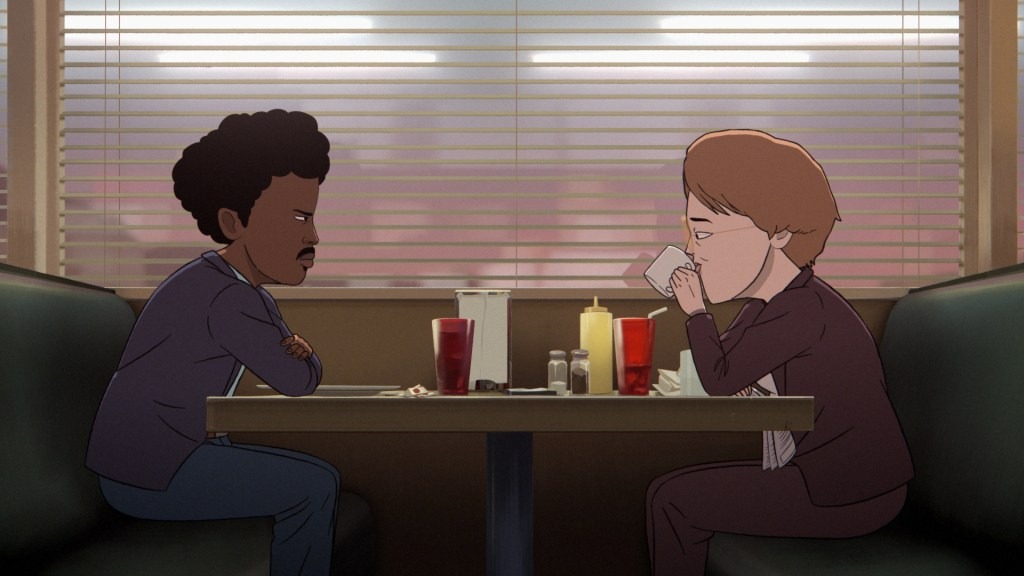Sassoon’s Soldier’s Declaration is read early in the film. His refusal to return to the front should have resulted in his court-martial, where his objections would have been read into the trial record by law. Instead, due to his family’s friends in high places, Sassoon is sent against his will to a mental hospital to cure his “breakdown.” The poet attends therapy sessions with Dr. Rivers (Ben Daniels), where he reveals his desire for “the love that dare not speak its name.” Surprisingly, the doctor reveals not only his own homosexuality but a penchant for poetic explanations. “Why must you make bad things sound so beautiful?” Sassoon asks after one of Davies’ most poignant pieces of dialogue.
Sassoon also meets fellow poet Wilfred Owen (Matthew Tennyson), who edits the hospital literary magazine. Owen is shy, has a slight stammer and wants to impress his new friend with his poems. Sassoon is at first critical, until Owen presents him with a work that’s so good it breaks his heart. As part of their therapy, the duo practice ballroom dancing, which Davies shoots with a tender, erotic gaze. (A scene in a swimming pool also merits this gaze.) Romantic implication is all the viewer gets here, though the feelings are so palpable they’re almost tactile. The quick, furtive glances and awkward silences are beautifully rendered, leading us to correctly believe this will not end well.
Owen is cleared to return to the front, where he is killed in battle. The scene where he says goodbye to Sassoon is a master class in the understated, often unspoken emotions that are Davies’ specialty. Tennyson and Lowden are fantastic, with the latter pleading “can you please stay a little longer” despite knowing it’s not possible. This relationship and its outcome will haunt the movie; Owen is yet another of the men Sassoon could not save in battle, highlighting the main reason he originally objected to returning to the front. He will honor them with his poetry. Davies’ use of black and white newsreel footage under Sassoon’s words powerfully illustrates this.





































































